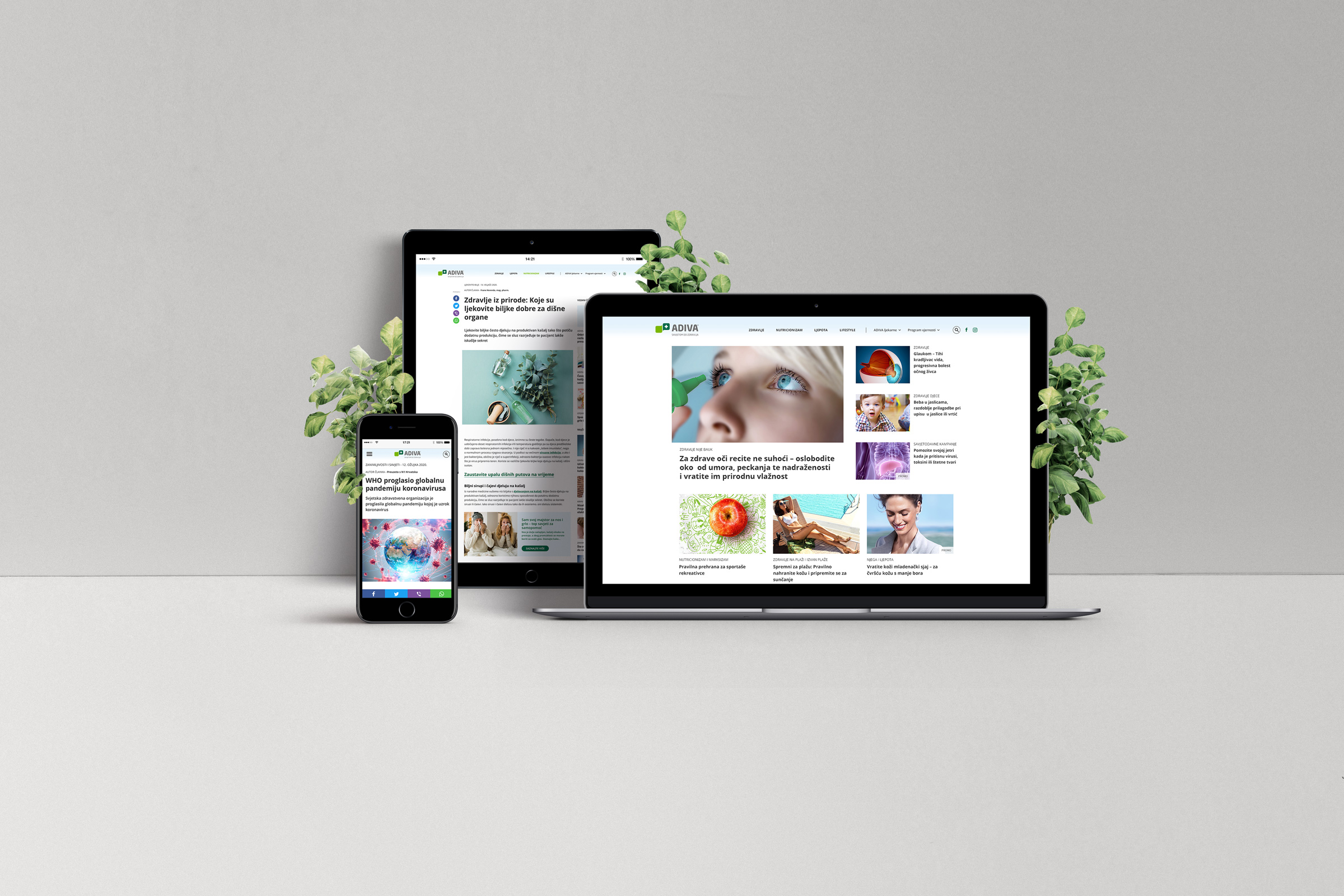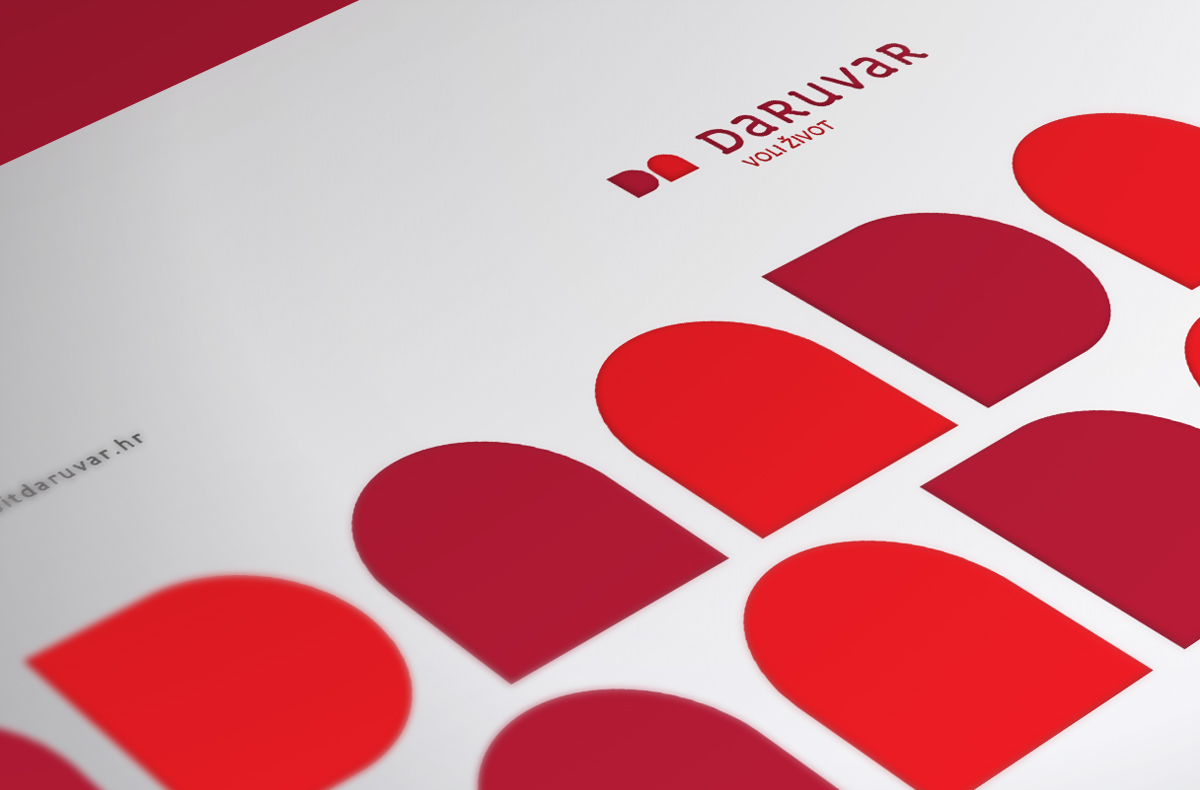What is native advertising, and how does it differ from traditional ads?
Over the last few years, we have been witnessing a decline in the effectiveness of traditional ways of advertising. Readers have become tired of the excessive amount of ads that flood them every day, which is why they no longer react to them. Digital marketing experts have found a solution in native advertising that has proven to be more successful than traditional online advertising.

What is native advertising?
The Native Advertising Institute has defined native advertising as paid ads in which an ad corresponds to the form and function of the content of the media where it is published. It appears on websites where it naturally fits into the framework of the platforms. Advertisers pay for this type of ad so that people who follow the content of one medium can click on the ad that stands there. It directs an audience to other content.
Why would a website visitor click on an ad? Because native advertising is not aggressive and does not interfere with the user's normal behavior, who visited the website. Imagine that you are searching for a website where various banners pop up and distract you. It also makes it impossible for you to follow the content that interests you. You must have been in a situation where you couldn't find almost invisible X to turn off the ad. You have probably left the website because of this bad experience and do not plan to revisit it.
How does native advertising work?
Today, the native advertising format is increasingly present as part of the marketing strategy of a digital marketing agency. To create good and creative native content, the marketing agency includes text, video, photos, infographics, and interesting factual data in its advertising campaigns to quickly urge the site's user to click on an ad. The success of „natural“ advertising depends on well-created content, which reminds us of content marketing. However, the two terms differ in the audience and the channel where the content is published. Native advertising depends on the audience attracted by the website where the ad is placed, while in content marketing, you create content for your channel.
You have probably heard about the Ad-blocker, which search engines are using to block ads they don't want to see. It is no longer enough for advertisers to change the color of the ads or emphasize the keywords because consumers dictate what content suits them best. Therefore, ad creators become stakeholders in creating the content itself. They are working on ads that will not motivate the user to use a tool to block those ads. Native ads are everywhere – on websites, portals, newsfeeds, sales shows, in journalism.
Type of native ad formats
There are three basic types of native advertising formats: in-feed or input into the content, advertisements for content recommendation, and branded content. The ads that we can find in the feed often appear as sponsored posts on Facebook or Instagram or as promotional tweets on Twitter. They are effective because of their non-invasiveness and simplicity, and without campaign slogans, digital marketing agencies usually use them.
Have you ever noticed an ad that slightly jumps out of the environment where it is posted? You maybe thought that it didn't belong to the website you visited. For example, you visit the website of a health organization where you see an ad that is not relevant to a health topic. Content recommendations ads are not always appropriate to the website on which they are posted, but we still count them as native ads.
The last type of native advertising is the branded content that is most commonly published on the website in the editorial article format. You probably noticed that these ads look like classic advertising articles in newspapers or magazines; only they appear tagged as sponsored.
How can you measure the success of native advertising?
The success of native advertising is usually measured by audience engagement. It depends on how many individuals see, click on it and engage around the ad they see. All demonstrations, clicks, and time spent on the website can be analyzed and measured and can show if the ad attracts the audience's attention. The biggest challenge of advertisers is to find a target group that will click on ads. Depending on the business goal of the marketing agency and the campaign it runs, the target group of consumers is defined.
One of the most effective ways that guarantee success is cooperation with influencers. They have invested a lot of time and effort to gather followers and subscribers to whom the digital marketing agency can access. You can better notice the content if an influencer presents it on their social media than if it is placed as an ad on a website. Facebook, Instagram, and Snapchat are the most advantageous social networks to find the target group.
Trends in native advertising
Due to the increased number of experts and tools in blocking advertisements, advertisers are doing everything they can to make new ads more attractive. They work daily to improve the quality of content in traditional formats and innovative formats. Lately, they have been focusing on brand ads which they're trying to create in the form of a good story. Advertisers will no longer hide the promotion of the brand. They will expose it entirely in the form of a simple or non-intrusive appearance that will attract the audience. Also, they will build better strategies that will cause better quality analysis and measure the effectiveness of native ads.
References:
https://www.forbes.com/sites/steveolenski/2015/11/12/6-types-of-native-advertising-and-how-each-can-benefit-your-business/?sh=6f871b364455
https://blog.nativeadvertisinginstitute.com/native-advertising-ultimate-guide
https://blog.nativeadvertisinginstitute.com/types-of-native-advertising
https://contentmarketinginstitute.com/2019/04/native-advertising-examples/


